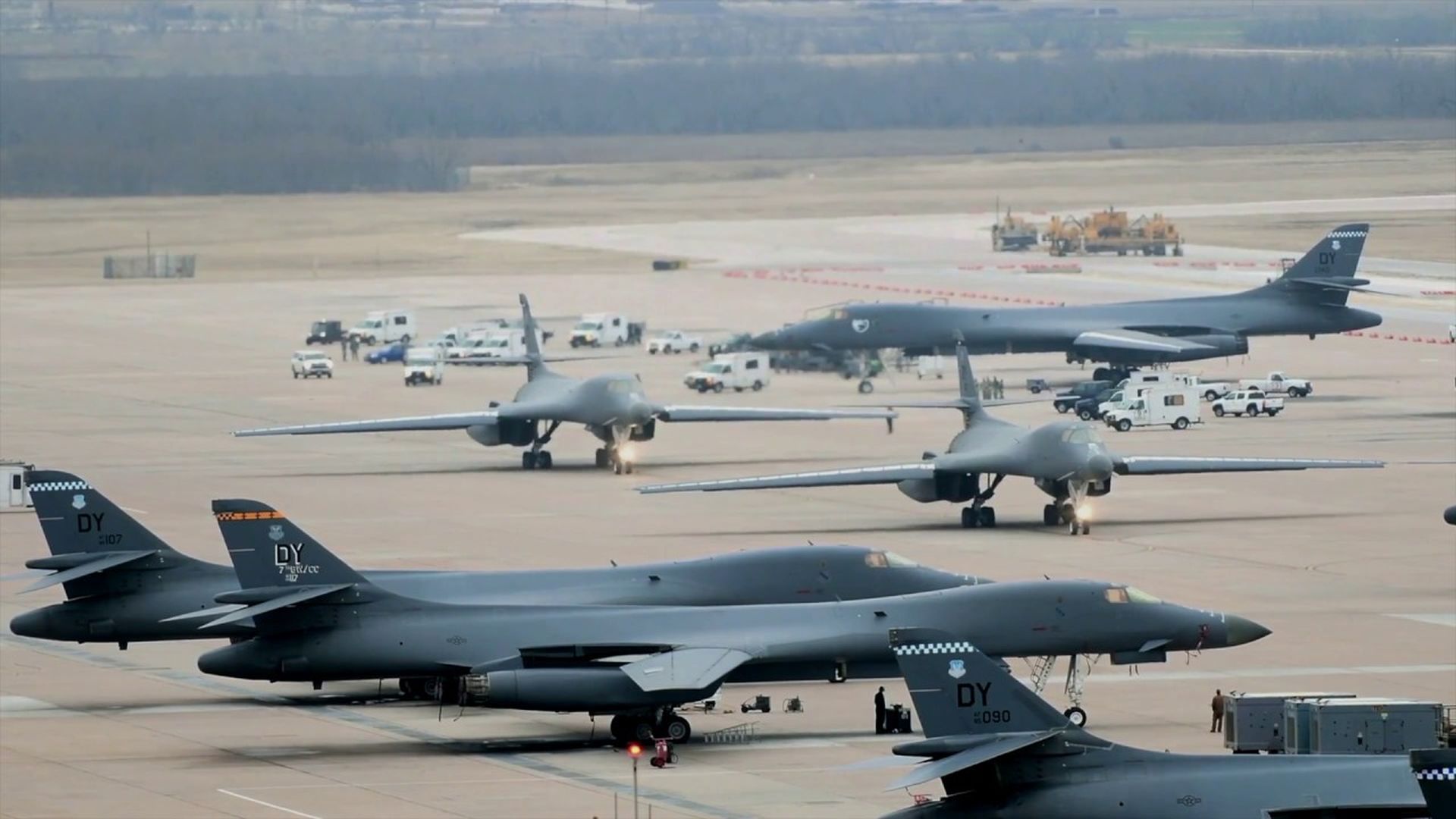A multi-purpose unmanned armed helicopter is on its way. According to reports from the official media of the Southern Theater Command, Ma Bingtao, a female UAV pilot from a naval aviation regiment, is undergoing training for a new type of carrier-based unmanned aircraft. She began training on the new unmanned aircraft last year, and after passing her solo test, she will become the regiment’s second female UAV pilot.
This carrier-based unmanned aircraft, capable of deck takeoff and landing control, is likely the previously unveiled carrier-based unmanned helicopter that will be deployed on the Type 075 amphibious assault ship. The future armed helicopters on the Type 075 amphibious assault ship are likely to be unmanned models.
Recently, according to Hong Kong media “South China Morning Post”, at the 2024 European International Defense Exhibition in Paris, NORINCO showcased the Z-6B unmanned helicopter. This helicopter, characterized by “low cost” and “multi-purpose”, has attracted attention from defense analysts in the U.S., Australia, and other countries.

They noted that this aircraft reminds them of the Northrop Grumman MQ-8B “Fire Scout” unmanned helicopter but with more apparent advantages. The U.S. military questioned how China developed a nearly identical weapon just a few years after the advanced U.S. version entered service, suspecting a possible technology leak.
Compared to traditional UAVs, unmanned helicopters offer flexible takeoff and landing, convenient launch and recovery, good maneuverability, and vertical hovering capabilities, while also possessing some of the traditional UAV functions. This makes them highly valued by countries worldwide. The MQ-8B “Fire Scout” is a notable example of such advanced technology.

The MQ-8B unmanned helicopter, developed by Northrop Grumman, is designed for battlefield reconnaissance, target guidance, firepower strikes, supply delivery, anti-submarine, and anti-mine missions for the U.S. Navy and Army.
After testing aboard ships, the U.S. Navy found that the MQ-8B significantly improved the situational awareness of the MH-60R carrier-based helicopters and littoral combat ships, highlighting the importance of mixed platforms in enhancing command and intelligence collection capabilities. For the U.S. Army, the MQ-8B reduces manned helicopter losses in various combat environments, accelerating the development of unmanned helicopters.

Returning to the Z-6B general-purpose unmanned helicopter showcased at the European International Defense Exhibition, it was developed by China Rongtong’s 60th Research Institute in Nanjing. Although it has appeared at several domestic UAV exhibitions, it seems to have garnered more interest in the civilian sector rather than the military. Due to this focus, information on this aircraft is scarce. The Z-6B uses a conventional single-rotor and single-tail rotor design, unlike the more common quadcopter or hexacopter designs.
This conventional design avoids several issues associated with new technologies and platforms, accelerating the equipment’s deployment and use. Although traditional in layout, the Z-6B’s aerodynamic design includes stealth considerations, with an angular fuselage to effectively reflect radar waves, enhancing its survivability in low and ultra-low altitude combat environments. The Z-6B has also developed a carrier-based version, the Z-6B/H, with a maximum takeoff weight of 1700 kg and a maximum payload of 500 kg.
Reports indicate that the Z-6B can perform various missions, including electronic warfare, supply delivery, battlefield reconnaissance, and integrated attack and reconnaissance. The most notable feature is its integrated reconnaissance and attack capability, with a multispectral optical turret under the nose for reconnaissance. The attack capability is not yet visible as the current version lacks short wings for mounting weapons, but adding these would enable the integrated attack and reconnaissance function.

The Z-6B helicopter’s propulsion system is battery and electric motor-based, but if exported, it might be equipped with a heavy fuel engine using diesel or aviation kerosene.
Rand Corporation’s senior defense analyst, Heath, commented that the Z-6B has stealth capabilities and advanced optical sensors, with advantages in electronic warfare and firepower.
Australian Strategic Policy Institute senior researcher Davis noted that despite the Z-6B’s similarities to the MQ-8B “Fire Scout”, it has greater payload capacity, higher operational ceiling, and longer endurance, indicating its advanced technology.

According to a report by the Stockholm International Peace Research Institute, China exported over 280 military UAVs in the past decade (2013-2023), mainly to the Middle East, North Africa, and South Asia. Chinese military unmanned helicopters have also seen breakthroughs in recent years.
In 2021, an anonymous UAE official stated that the UAE would purchase 10-15 CR500 “Golden Eagle” unmanned helicopters worth about $9 million. In 2023, Nigeria showcased the Chinese-imported AR-500B carrier-based unmanned helicopter, which will be used with the Chinese-imported P18N offshore patrol vessel.
The “South China Morning Post” concluded that Chinese military UAVs are technologically on par with Western counterparts and offer lower procurement, operation, and maintenance costs, providing advantages in cost-efficiency and technological efficiency. Users from the Middle East, North Africa, and South Asia generally have positive evaluations of Chinese military UAVs, increasing their market share.
With these foundations, the Z-6B and other Chinese export unmanned helicopters will likely have significant export potential, impacting the Western unmanned helicopter market share.




















Discussion about this post